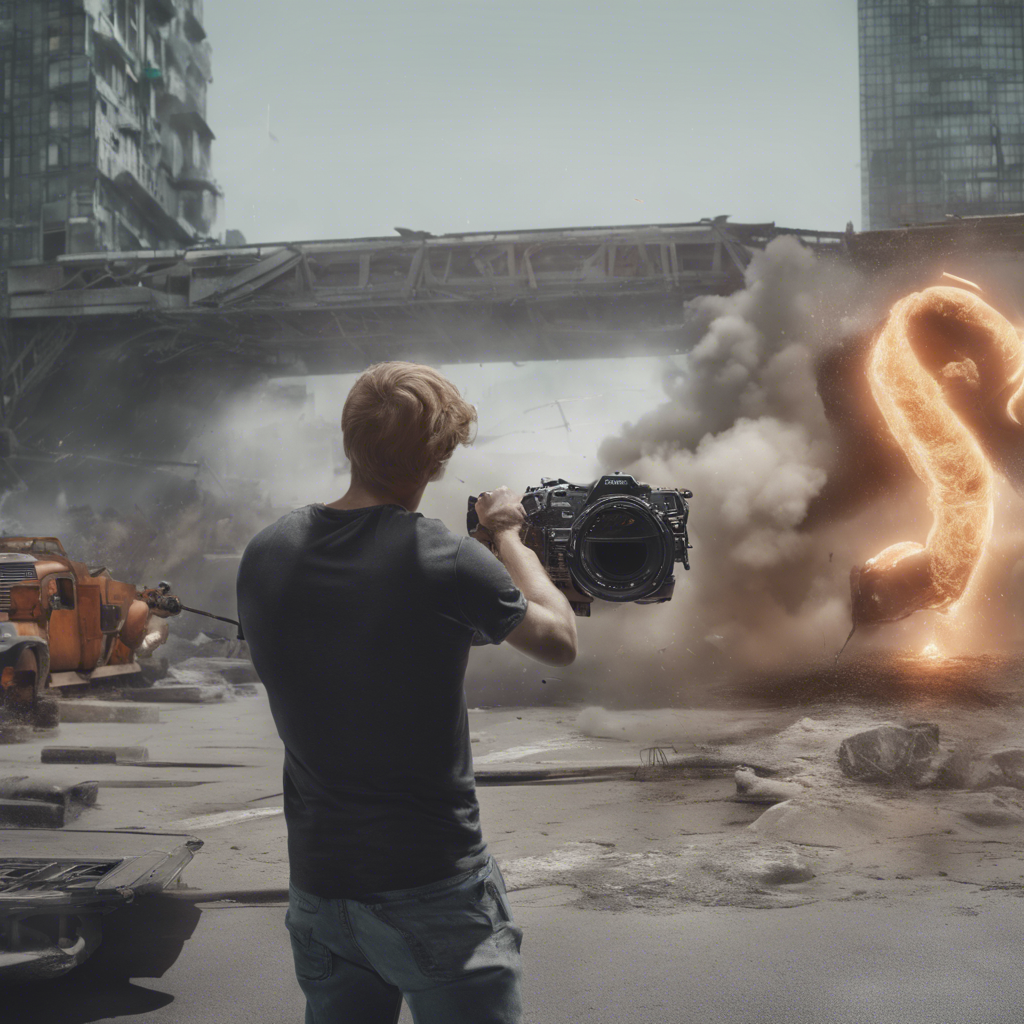Why is VFX so costly?
Unveiling the Staggering Costs Behind Visual Effects Magic
In the realm of modern filmmaking, visual effects (VFX) have become an indispensable tool for transporting audiences into realms of pure imagination. From bringing fantastical creatures to life to creating awe-inspiring otherworldly environments, VFX has the power to blur the lines between reality and fiction. However, this cinematic sorcery comes at a steep price, with VFX often accounting for a significant portion of a film’s budget. In this article, we’ll unravel the intricate web of factors that contribute to the exorbitant costs associated with visual effects.
The Pursuit of Photorealistic Perfection
At the heart of the VFX industry lies an unwavering pursuit of photorealistic perfection. Audiences have become increasingly discerning, demanding visuals that seamlessly blend with live-action footage, defying the boundaries of what was once deemed possible. To achieve this level of realism, VFX studios must employ cutting-edge technology and highly skilled artists capable of meticulously crafting every minute detail.
- Computational Power: Rendering photorealistic visuals requires immense computational power, necessitating the use of high-performance workstations and render farms capable of handling complex calculations and simulations.
- Specialized Software: VFX artists rely on industry-standard software like Autodesk Maya, Nuke, and Houdini, which come with hefty price tags and recurring licensing fees. Keeping up with the latest software updates and advancements is crucial to maintain a competitive edge, further adding to the expenses.
- Artistic Mastery: Creating convincing VFX is an art form that demands a team of highly skilled artists, animators, and technicians. These professionals possess years of training and experience, making their services invaluable and commanding substantial salaries.
The Intricacies of Crafting Visual Wonders
The complexity and scale of VFX shots play a pivotal role in determining their cost. Simple compositing or wire removal may be relatively inexpensive, but creating photorealistic creatures, environments, or intricate simulations can be an incredibly costly endeavor.
- Creature Creation: Bringing fantastical creatures to life requires a deep understanding of anatomy, movement, and behavior, as well as meticulous attention to detail in modeling, texturing, and animating these digital beings.
- Environment Building: Crafting immersive and believable environments often involves creating vast landscapes, intricate architectural details, and dynamic natural elements, all of which demand significant time and resources.
- Simulation Complexities: Realistic simulations of phenomena like water, fire, smoke, and destruction require advanced algorithms and extensive computational power, driving up costs significantly.
The Iterative Nature of Perfection
Visual effects are rarely a one-and-done process. Achieving the desired level of quality often involves numerous iterations and revisions based on feedback from directors, producers, and other stakeholders. Each iteration requires additional time and effort from the VFX team, leading to increased labor costs and potential delays.
- Feedback and Revisions: Incorporating feedback and making revisions is an integral part of the VFX process, ensuring that the final product meets the creative vision and adheres to the highest standards.
- Tight Deadlines: The demanding schedules of film productions often necessitate overtime work or additional resources to meet tight deadlines, further driving up expenses.
- Last-Minute Changes: Unexpected changes or additions to VFX shots can significantly impact the workload and timeline, requiring the VFX team to adapt quickly and potentially incur additional costs.
Data Management and Collaboration Challenges
Visual effects projects generate massive amounts of data, including raw footage, rendered frames, and backup files. Storing, managing, and transferring this data securely and efficiently presents its own set of challenges and expenses.
- Data Storage and Backup: Robust storage solutions and backup systems are essential for safeguarding the vast amounts of data generated during a VFX project, adding to the overall costs.
- Data Transfer and Collaboration: Transferring large data sets between different teams or locations can be a logistical challenge, potentially requiring specialized hardware and software solutions, further contributing to the expenses.
- Remote Collaboration: With VFX teams often spread across multiple locations or even continents, facilitating seamless remote collaboration and communication can be a significant investment.
While the high cost of visual effects may seem daunting, it is a testament to the incredible artistry, technical expertise, and dedication required to bring these awe-inspiring visuals to life. As technology continues to advance and audience expectations soar, the demand for high-quality VFX will only increase, making it crucial for studios and filmmakers to invest in the necessary resources to deliver truly unforgettable cinematic experiences.
Discover more from EMD
Subscribe to get the latest posts to your email.
